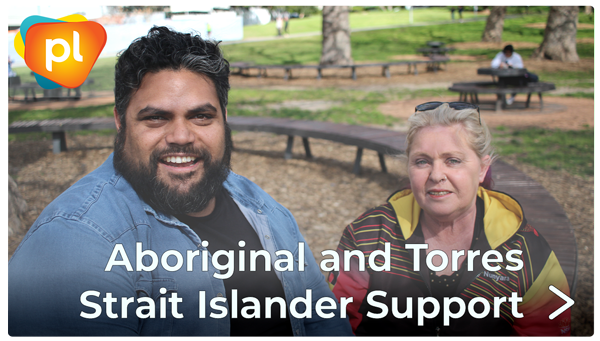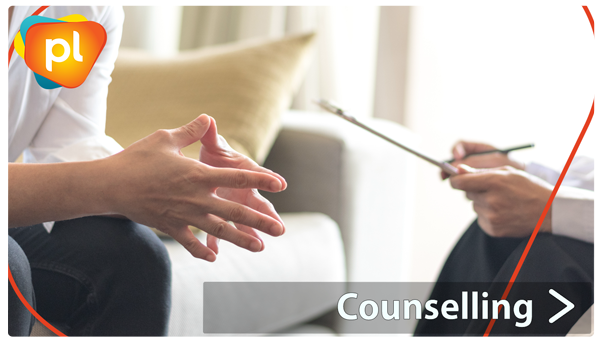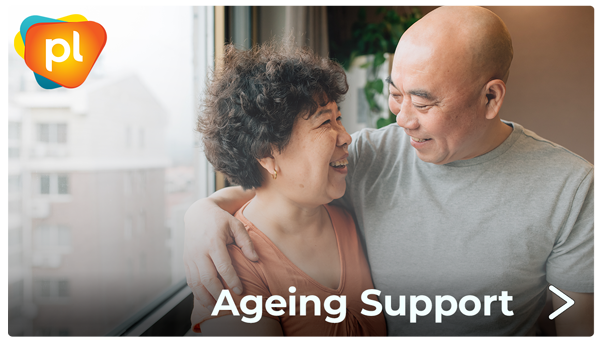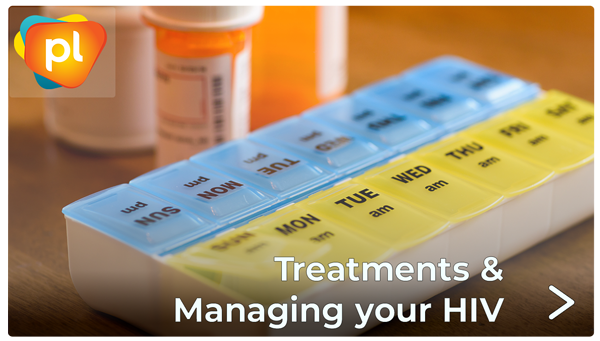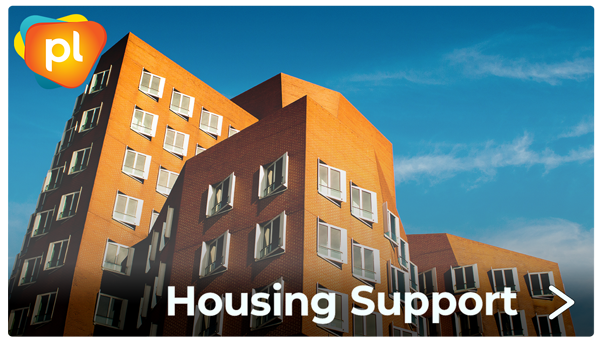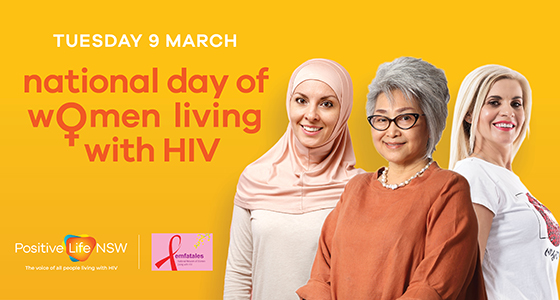
28 years ago, I received a life-altering diagnosis. HIV. As a married heterosexual monogamous woman, contracting HIV was inconceivable! What followed was 10 years of questioning and grieving, under an unbearable burden of secrecy. It was also a time of discovering myself and what was important to me.
Today as the CEO of Positive Life NSW, an agency that represents all people living with and affected by HIV across NSW, I join the almost 3,300 women living with HIV across Australia in celebration and acknowledgment of our lives this Wednesday 09 March 2022, at the seventh National Day of Women living with HIV.
Unfortunately, many people in the general community and some health care providers still think that HIV is not an issue for heterosexual people, particularly for women. I know of more than one heterosexual woman who on asking their GP for an HIV test was told “oh you don’t need that” or asked, “why would you want that?” Sadly, several of these women were subsequently diagnosed with HIV.
Whilst there is a relatively established culture of HIV testing within the men who have sex with men (MSM) community, this is not the case in the heterosexual community. The reluctance to test would appear to be borne out by anecdotal data which indicates heterosexuals are not perceived to be in an ‘at risk’ group. While HIV is still commonly viewed as a ‘gay male disease’, sexually active heterosexual men and women do not view themselves at risk of HIV.
Globally, women represent 53% of all people living with HIV. Australia has been a world leader in maintaining a successful HIV response for our priority populations; men who have sex with men, sex workers and people who inject drugs. Even though historically in Australia women have represented a small number of new HIV notifications, this has not decreased over time as it has with MSM.
There are also gender differences in HIV in Australia. In 2020 almost half (48%) of all women diagnosed with HIV were categorised with a late HIV diagnosis (a CD4+ cell count of less than 350 cells/μL and likely to have acquired HIV at least four years before diagnosis). In the five-year period between 2013-2017 almost 70% of women who received a late HIV diagnosis were over 50 years of age.
When a woman is diagnosed with HIV, she tends to find out after years of living with HIV. By then her immune system has been significantly damaged. She has probably been admitted to hospital as a ‘late presenter’ with a serious often life-threatening advanced HIV illness which is defined as an AIDS-defining illness. In this state of health, she has missed out on the benefits of early diagnosis, and any immediate advantage that HIV antiretroviral medication could have given her long term health outcomes.
About 10 per cent of people living with HIV in Australia are women, yet the lived experience of women with HIV today is still mired in ignorance and invisibility and we continue to be invisible in the HIV prevention messaging. If we are serious about working towards eliminating HIV transmission, then we all need to talk about the different ways that HIV affects and impacts the lives of all women.
There is a dearth of images of women in public health campaigns designed to educate the community about HIV. Imagery that includes a young woman, a transgender woman or even a heterosexual couple is conspicuously lacking. We all need to begin a conversation about HIV to reduce the silence and secrecy around women living with HIV.
Compared to MSM, women are also less likely to test for HIV. Women will gain only limited benefit from advances in treatments while we continue to present late and with advanced HIV disease. When well-meaning clinicians challenge women who pro-actively ask for HIV testing and tell them they don’t need to be tested, they and the wider community continue to perpetuate the misguided assumption that women are not at risk of contracting HIV.
Most sexually transmitted infections (STIs) are curable (such as gonorrhoea or chlamydia) or manageable with medications (such as HIV), yet when left undiagnosed and untreated they can pose significant health risks to ourselves and our sexual partners. Untreated, STIs can affect fertility or lead to other longer-term health complications that are harder to treat. Many women do not realise that screening for STIs doesn’t include a HIV test, unless you specifically request it. I encourage all sexually active adults to make STI and HIV testing a regular part of their sexual health check to look after your own health and the health of your partners. HIV doesn’t discriminate, but people do.
Lastly, there are gaps in the research on women and HIV and gender differences that are specific to the female body. This lack of information feeds into a misunderstanding about the efficacy of HIV antiretroviral medication in relation to women, our hormonal differences and the impact these differences have on HIV treatments for women. HIV also plays into the intersectional experience of women through poverty or lower incomes, those living in rural and regional locations, barriers for access to treatment and medical care, and mental health issues; all aspects either unacknowledged, disregarded or overlooked.
On Wednesday 09 March, at the annual National Day of Women Living with HIV, we highlight the need to raise awareness amongst women about our risk for HIV, and the need for women to test for HIV and other STIs. We normalise HIV when we remove the barriers to HIV testing, prevention or treatment. HIV is still a sexually transmissible blood-borne virus that impacts women across Australia today. Eliminating HIV in Australia is a task for us all; both men and women.
For information about HIV or support to live well with HIV in NSW, call Positive Life NSW on (02) 8357 8386, 1800 245 677 or email contact@positivelife.org.au
— Written for Women’s Agenda on the 2022 National Day of Women living with HIV

